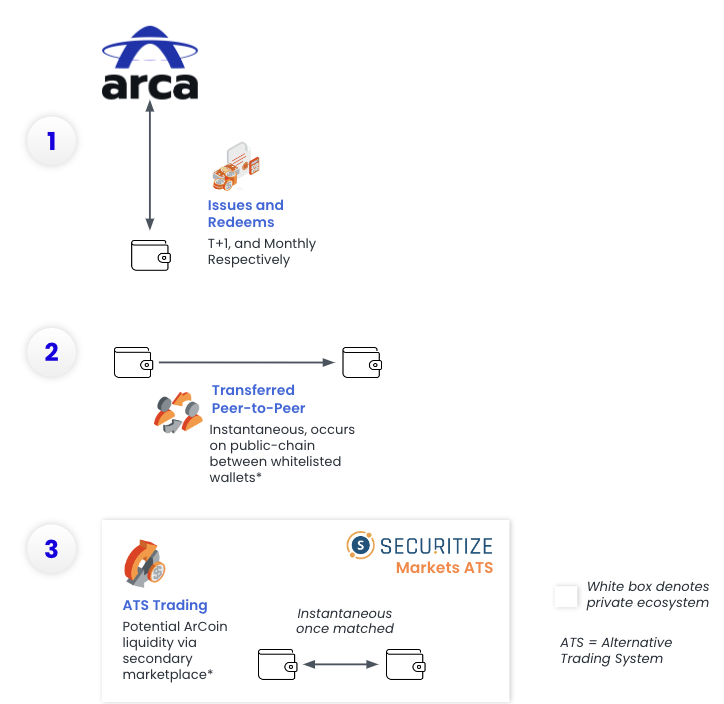Research Summary
The report delves into the concept of restaking in blockchain technology, focusing on its implementation in Ethereum and Cosmos. It discusses the benefits and risks of restaking, the value locked in restaking protocols, and the major restaking solutions in the Ethereum and Cosmos ecosystems.
Key Takeaways
Understanding Restaking
- Concept of Restaking: Restaking is the use of one blockchain’s resources to secure multiple blockchains. It allows the stake weight and validator set of one chain to be used across any number of other chains, resulting in a more unified and efficient security blanket for multiple blockchain ecosystems.
Value in Restaking Protocols
- Value Locked in Restaking: As of June 25, 2024, there is $20.14 billion worth of assets being restaked. Ethereum is the largest protocol supporting restaking, with ETH and its derivative assets capturing $19.4 billion in restaked deposits. An estimated $17 billion is also restaked through Cosmos Hub validators.
Major Restaking Solutions
- Restaking Solutions: The report provides an overview of the major restaking solutions built atop the Ethereum and Cosmos ecosystems. These include EigenLayer, Karak, Symbiotic, Solayer, Picasso, and Pell Network.
Risks in Restaking
- Risks Associated with Restaking: While restaking offers clear benefits for unifying economic security, there are risks in its implementation that should not be overlooked. The report does not delve into the risks presented by products built atop restaking protocols such as liquid restaking.
Important Definitions and Models
- Key Terms in Restaking: The report provides definitions for key terms related to restaking, including slashing, slashing condition, Liquid Staking Token (LST), Liquid Restaking Token (LRT), node operator, Actively Validated Service (AVS), economic security, base network, and computational security.
Actionable Insights
- Exploring Restaking Opportunities: With the significant value locked in restaking protocols, particularly in Ethereum, stakeholders may want to explore opportunities in restaking. This could involve investing in restaking protocols or participating in restaking as validators.
- Understanding Risks: Stakeholders should understand the risks associated with restaking before engaging in this activity. This includes understanding the potential for penalties such as slashing and the risks presented by products built atop restaking protocols.
- Staying Informed: As the blockchain industry continues to evolve, stakeholders should stay informed about developments in restaking and other blockchain technologies. This could involve following industry news, attending blockchain conferences, or participating in blockchain communities.













